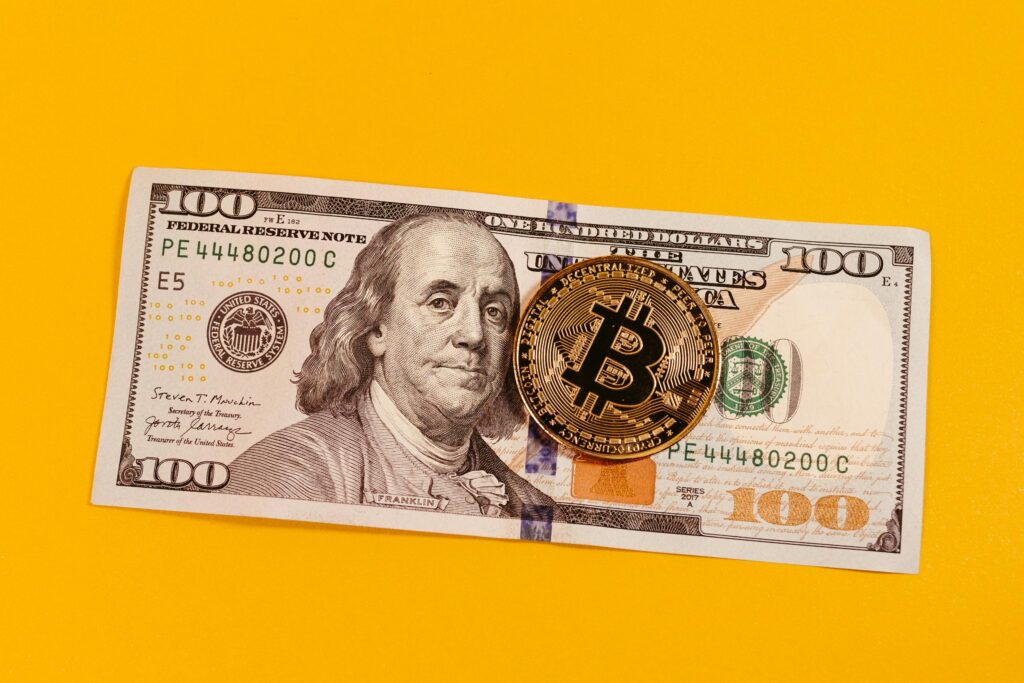You’ve Trusted Blockchains Your Whole Life. You Just Didn’t Know It
When you swipe your card at a grocery store, something magical happens. A record is created. It’s verified. Then it’s stored somewhere you can’t see.
We don’t question it, we trust the system.
Now imagine that same idea, but without the bank, the servers, or the middlemen. That’s blockchain. It sounds intimidating, but at its heart, it’s just a smarter way to record who did what and when. Let’s make it human.
The Ledger Analogy – Grandma’s Recipe Notebook
Imagine your grandma has a notebook where she writes every time someone borrows her recipe. She notes your name, the date, and what recipe you took. It’s public (anyone in the family can see it), and once it’s written, it stays there forever.
That’s a blockchain.
- It’s a digital ledger.
- It records transactions line by line.
- Everyone has a copy.
- And no one can go back and erase a page.
It’s not magical, it’s methodical.

The Building Blocks – What’s in a Blockchain?
A blockchain is made of blocks. Each block contains:
- Data: The transaction (e.g., Alice sent Bob 1 BTC).
- Hash: A unique fingerprint for this block.
- Previous Hash: The fingerprint of the block before it.
This creates a chain. If someone tries to alter a block, the fingerprint changes, breaking the chain. Everyone notices. That’s how it stays secure.
In short:
- Tamper-proof.
- Transparent.
- Decentralized.

Who Keeps It Honest? (Hint: Not a CEO)
In traditional systems, there’s a gatekeeper, banks, companies, institutions. With blockchain, there’s no single authority.
Instead, it’s run by nodes (computers) across the world. They agree on what’s true by using something called consensus mechanisms, like Proof of Work (Bitcoin) or Proof of Stake (Ethereum 2.0).
This is important because it means no one person can cheat the system. Everyone’s watching.
Blockchain Isn’t Just for Money
We talk about Bitcoin and Ethereum, but the tech behind them, blockchain can be used anywhere you need trusted records:
- Supply chains: Track food from farm to shelf.
- Voting: Transparent, tamper-proof elections.
- Medical records: Secure and accessible only by permission.
It’s not about hype. It’s about trust at scale.
Also read this: Why Most Traders Lose: Proven Trading Psychology Strategies to Master Your Mindset
The Psychology of Trust and Transparency
Here’s the twist: blockchain solves not a tech problem, but a trust problem. And trust is deeply psychological.
In trading, lack of transparency triggers fear. Hidden data causes second-guessing. That uncertainty feeds impulsive decisions.
Blockchain offers clarity.
- Every transaction is visible.
- Every change is recorded.
- Every user plays by the same rules.
That stability can support a calmer, more mindful trading mindset. You’re less reactive when you’re not in the dark.
Is Blockchain Perfect? No. But It’s Powerful.
Blockchain has limitations:
- Scalability: Some networks are slow.
- Energy use: Proof of Work requires lots of computing power.
- Complexity: It’s new and still evolving.
But just like the early internet, its power lies in its potential, not just what it does today, but what it can enable tomorrow.

Takeaways:
- Blockchain is a decentralized, transparent ledger system.
- It builds trust without needing a central authority.
- It powers cryptocurrencies but has broader applications.
- It can reduce fear and impulsiveness in trading by increasing transparency.
Conclusion: You Don’t Need to Code It. Just Understand It
You don’t need to be a developer to grasp blockchain. You’ve already trusted invisible systems your whole life, your bank app, email, even cloud storage.
Blockchain just makes those systems more honest, more open, and more fair. In a world driven by data, that’s a revolution worth understanding.
Next, we’ll explore how to buy your first crypto, set up a wallet, and take your first real step into this new world. It’s not as hard as it looks.

FAQs
What is blockchain in simple terms?
It’s a digital ledger, a public notebook where every transaction is recorded, verified, and stored forever. No erasing, no cheating.
How is blockchain different from a database?
Databases are controlled by one party. Blockchain is decentralized, no single owner and everyone can verify the data.
Can someone hack the blockchain?
It’s nearly impossible. Changing a single record would require rewriting every other record on every copy of the blockchain simultaneously.
Is blockchain only used for Bitcoin?
No. It’s used for smart contracts, NFTs, supply chains, digital identity, and much more.
Why does blockchain matter in trading psychology?
Because it provides transparency and fairness, two key elements that help reduce fear, doubt, and impulsive decisions.
Disclaimer: This content is for informational and educational purposes only and should not be considered financial or investment advice. Penny stock trading involves a high level of risk, and you should do your own research or consult with a licensed financial advisor before making any investment decisions.
